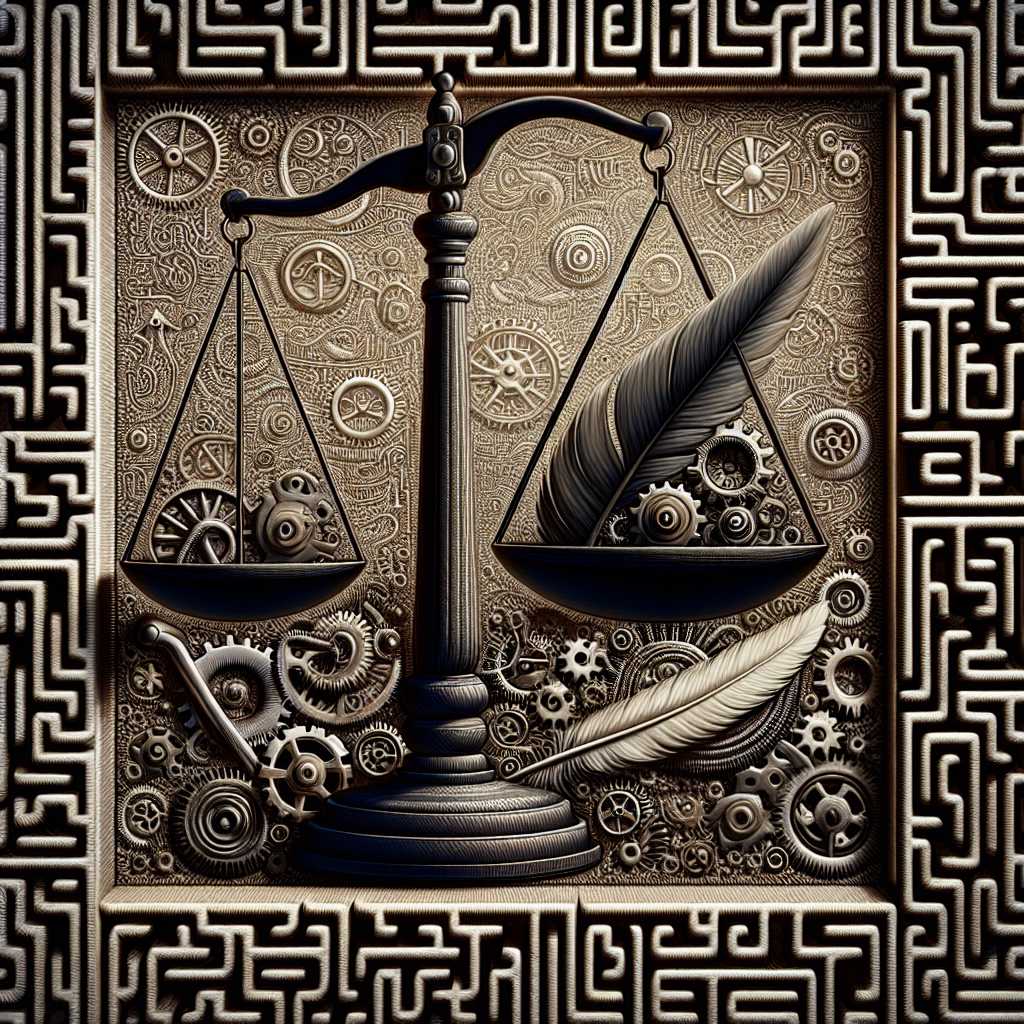Picture this: a government official showing up with a giant pair of scissors © ready to snip away at all those pesky red tape curls that wrap around our modern bureaucracies. That was the image sparked by Executive Order 13771, signed by President Donald Trump on January 30, 2017, at the White House. This order aimed to streamline the federal regulatory process by requiring any agency issuing a new regulation to repeal two existing ones. Designed to reignite economic activity and reduce business burdens, it attempted to transform the policy landscape considerably. However, as we embrace its clarity in intention, the reality of its impact deserves closer scrutiny.
At the core of Executive Order 13771 is a simple arithmetic approach: fewer rules equal more freedom. For businesses, especially small enterprises, this sounded like music to their ears—a chance to break free from what they deemed suffocating legislation. Supporters of the order hailed it as a mechanism to spur on entrepreneurship and cement America's aggressive market advantage. From their standpoint, less bureaucratic red tape means increased efficiency, boosted innovation, and enhanced competitiveness. A regulation-free world is painted as a bustling paradise of free-market fantasies. Imagine opening a store without worrying about a million forms and licenses—it’s pretty dreamy.
Resistance, however, is not the monopoly of either side; Executive Order 13771 sparked substantial dissent, mostly within progressive quarters, for very valid reasons. The environment tops the list of concerns. Relaxing or removing certain regulations posed significant risks to ecosystems and public health. Critics feared that prioritizing economic growth over environmental safety could lead to an irreparable environmental backslide. Protections granted to natural landscapes, clean air, drinking water, and endangered species were suddenly hanging in a delicate balance, susceptible to swifter deregulation.
Safety measures in workplaces, financial markets, and even food production were also in the deregulation crosshairs. Labor unions and consumer rights groups have long warned against the dangers of understating the importance of such regulations, emphasizing how shortcuts could endanger workers, consumers, and communities. Agencies responsible for the enforcement of these crucial protections voiced concerns over being handicapped—balancing fewer rules with more demand for safety simply does not add up.
On the flip side, those in favor pointed out the stifling nature of 'over-regulation' and how it bleeds through various industry layers. They argue that federal agencies, bloated with years of increasing rules, form a barrier to economic momentum. Strip those back, they reasoned, and you create a rooted foundation of a thriving, self-regulatory marketplace that offers more for less hassle. Reducing regulatory layers supposedly allows for more faster job creation and supports new industry trends without hefty oversight.
The operational effectiveness of Executive Order 13771 between 2017 and 2021 has been a point of contention among political analysts, economists, and legal experts. Each holds differing conclusions based on where they stand on the political spectrum. In the short run, the visible market impacts were mixed. Some industries benefitted from fewer restrictions, reporting fewer compliance costs and claiming increased productivity. Yet, the very essence of deciding which regulations served as sacrificial lambs left others in turmoil, grappling with the loss of statutory protections once crucial to their operation.
Internationally, there were ripple effects concerning trade partners and multinational businesses having vested interests in balanced regulation. The order inadvertently drew criticism from global regulatory bodies, urging caution when implementing trade with implications for global standards.
As it stands, governments teetering on change find themselves in policy limbo. Executive Order 13771 serves as a debatable artifact—a crosspoint where efficiency clashes with safety, innovation dances with ethics, and policy converges with real-world impact. While younger generations tend to favor pro-environment and progressive ideas, the allure of a free and unregulated market still has its patrons. Perhaps the dialogue around such policies can inspire constructive middle ground solutions in the future, where a pinch of regulation offers both the necessary structure and desired freedom.
Navigating the earsplitting clutter of political echo chambers can be exhausting. However, cutting through the noise is essential when it involves stripping regulation baldweights. Difference in ideologies aside, Executive Order 13771 offers a quintessential lesson in governance: balance is key. As Gen Z increasingly takes on the mantle of future world-makers, these are the stories and policies worth absorbing—learning how political actions trickle into everyday lives is invaluable.

